A chicken and herb ballotine, cooked, then sliced thinly as a sandwich filling Proper porchetta, ideally from a street food …
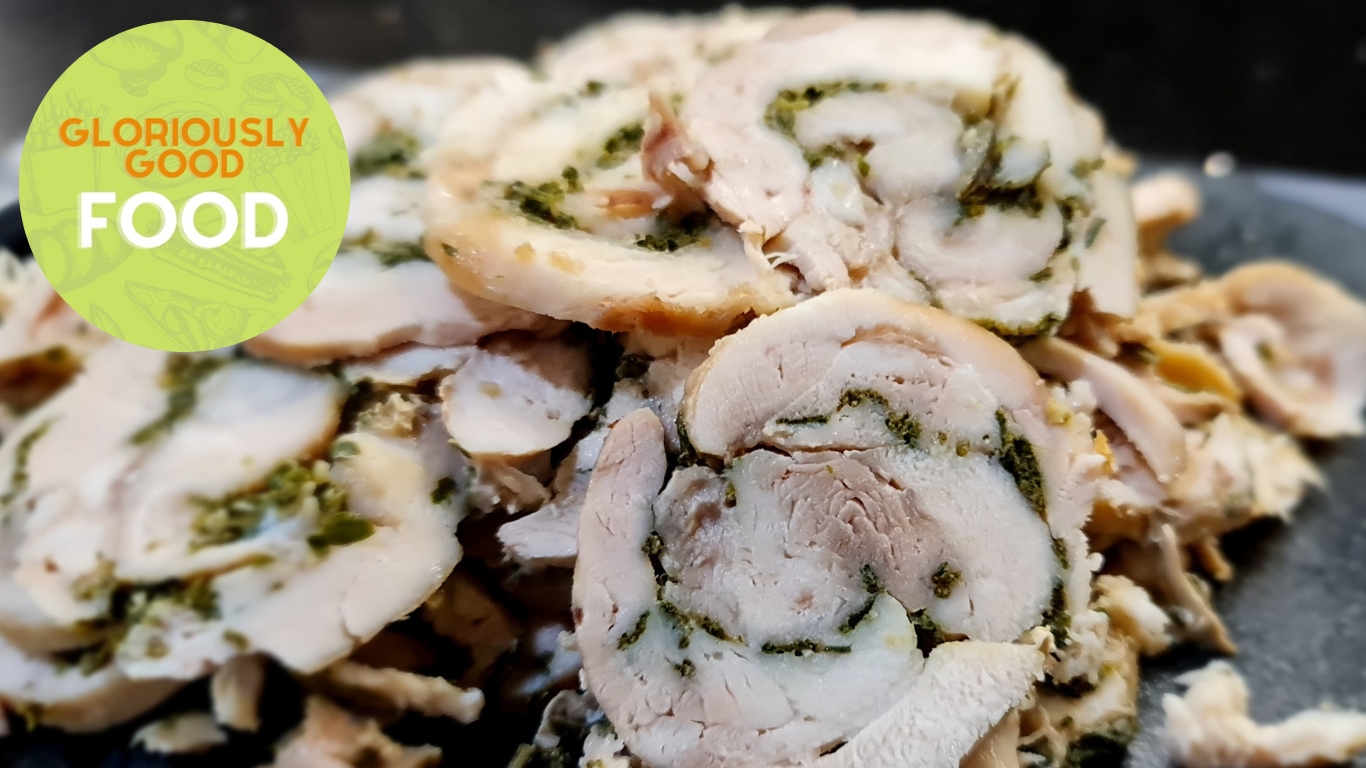
Simple Homecooked Recipes by Frederika Roberts
Simple Homecooked Recipes by Frederika Roberts
Simple Homecooked Recipes by Frederika Roberts

A chicken and herb ballotine, cooked, then sliced thinly as a sandwich filling Proper porchetta, ideally from a street food …
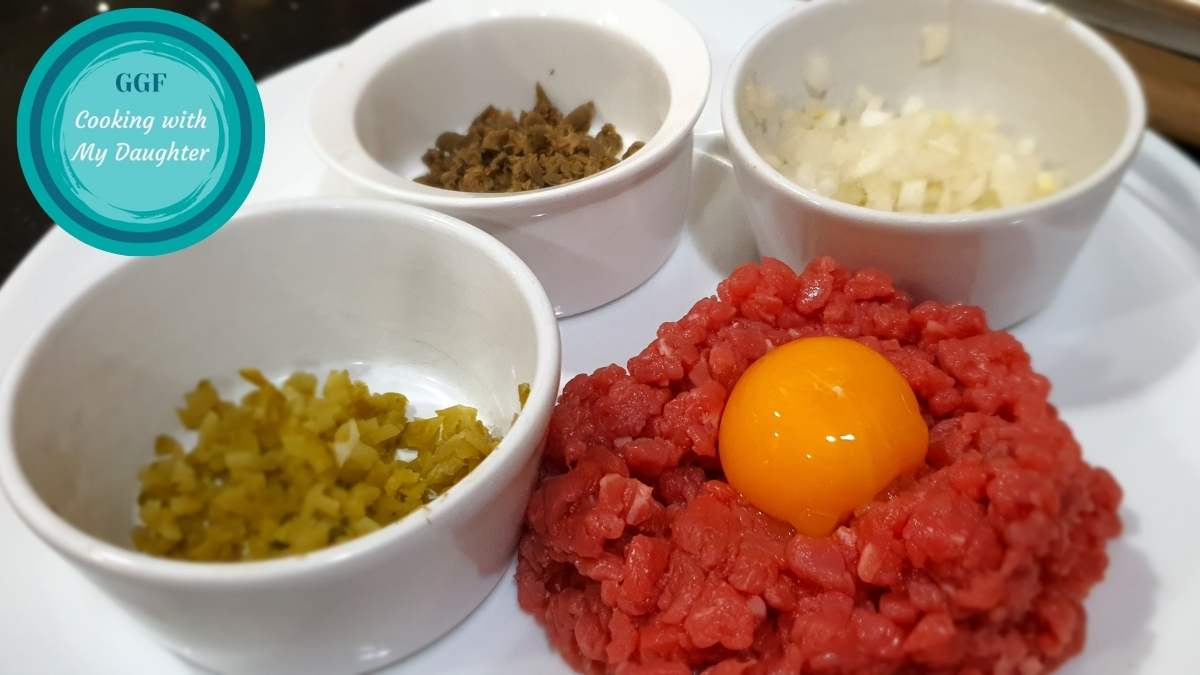
This dish is one of our favourites whenever we’re in France or Luxembourg and it’s far easier to re-create at …
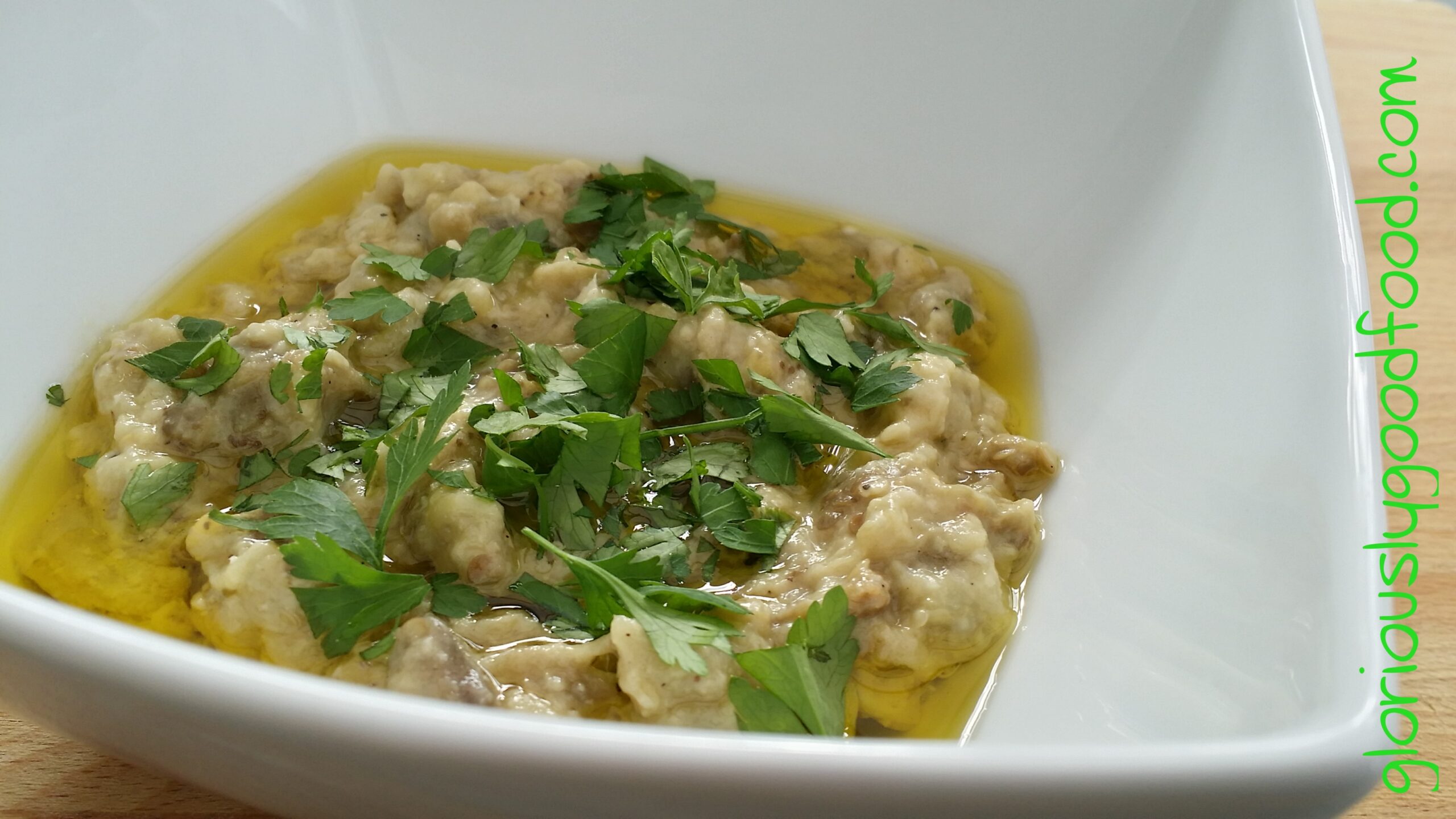
In this blog post, rather than recipes, I list some ideas, based on the food I’m eating during the pureed food phase of my post-bariatric surgery diet.
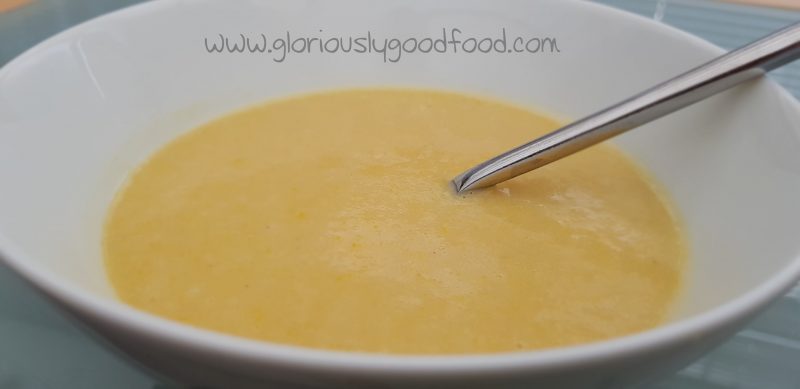
This indulgent, creamy-tasting soup is an even more low-fat adaptation of my reflux-friendly chicken and sweetcorn chowder, liquidised to be …
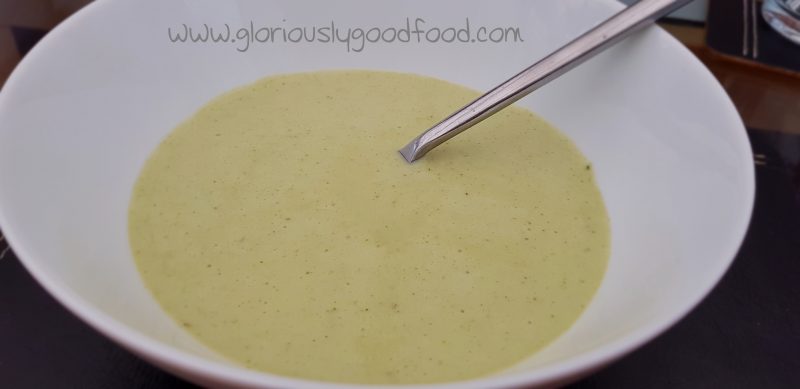
This soup is cheese-lovers’ heaven! So rich, indulgent and delicious, that the whole family can enjoy it, regardless whether they need to follow a liquid diet or not!
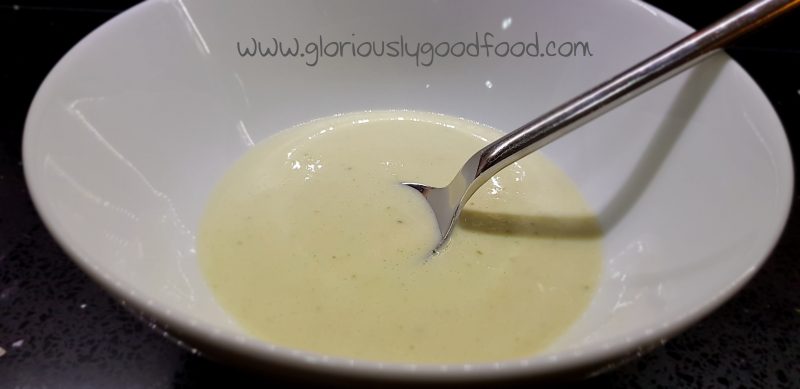
One of the ways I have kept things interesting during the post-bariatric surgery liquid diet is by using ingredients in …
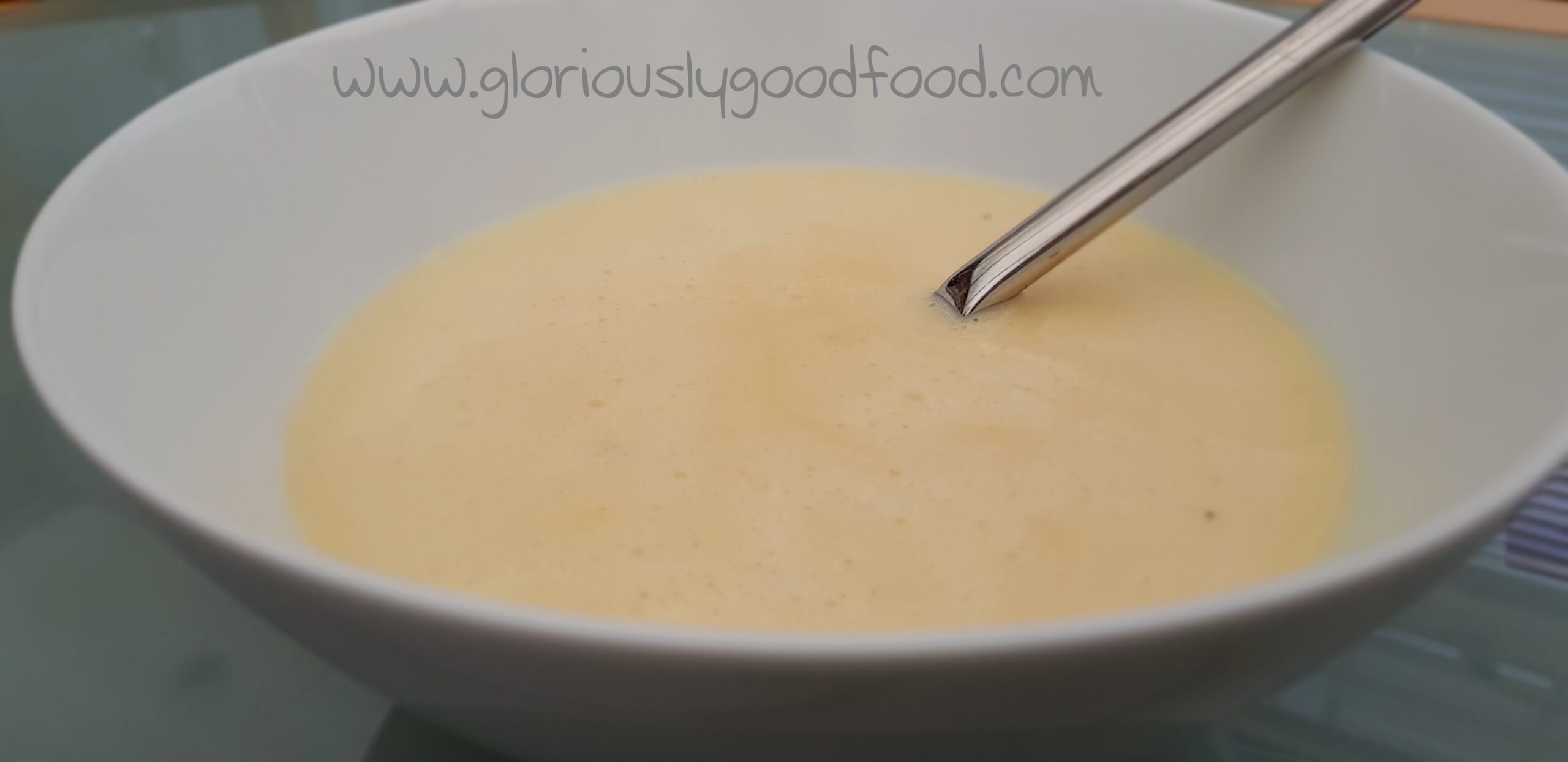
This is a tasty, rich soup suitable for all cheese lovers. I made it for my post-gastric sleeve liquid diet as an indulgent treat. Enjoy!
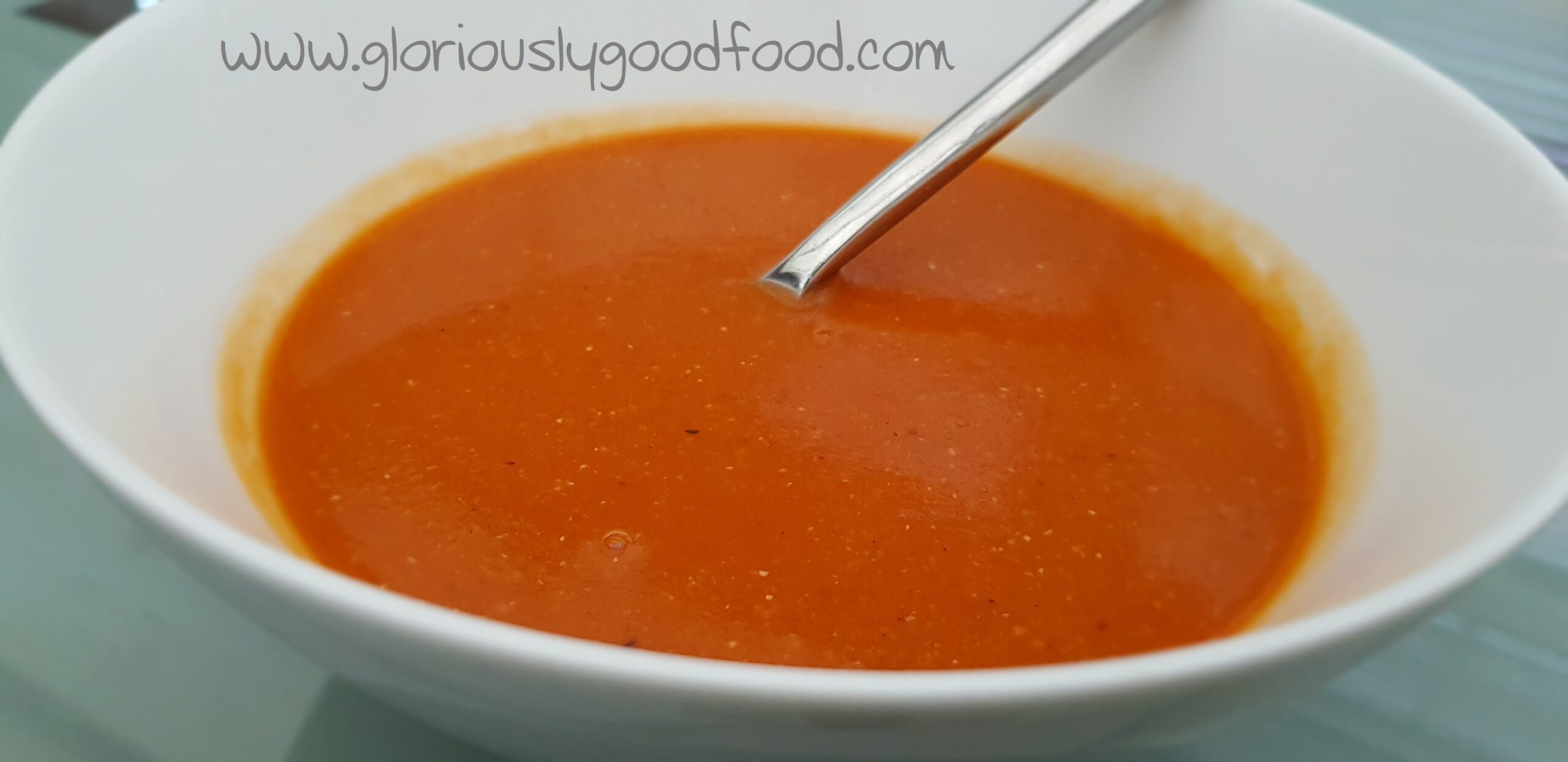
This is a really hearty soup suitable for the whole family. I made it as part of my liquid post-gastric-sleeve …
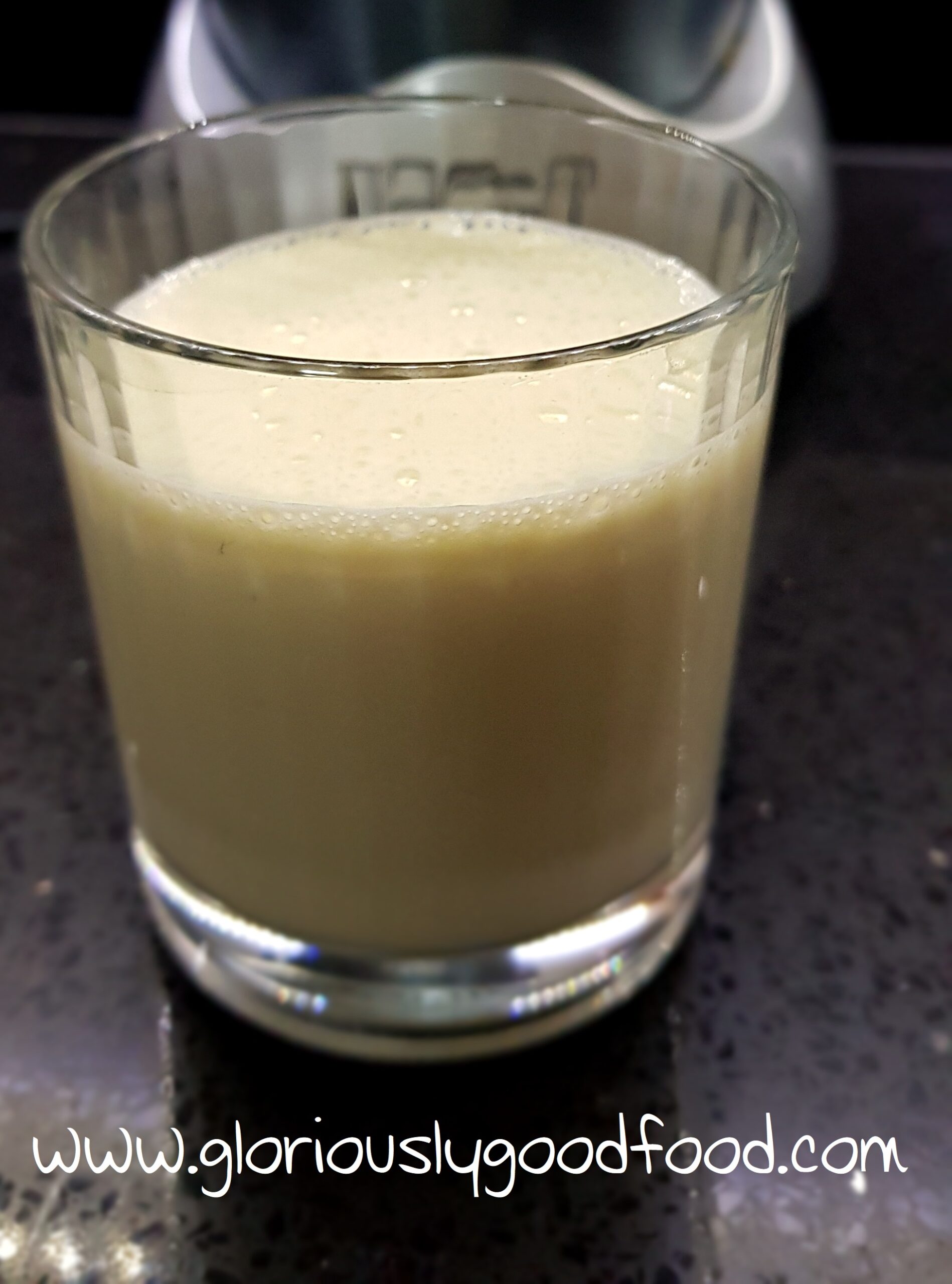
This high-protein shake is delicious, very creamy-tasting and highly filling. I made it for my post-bariatric surgery liquid diet but it would suit anyone on a low-fat, high-protein diet, and anyone else who just fancies it for the taste!
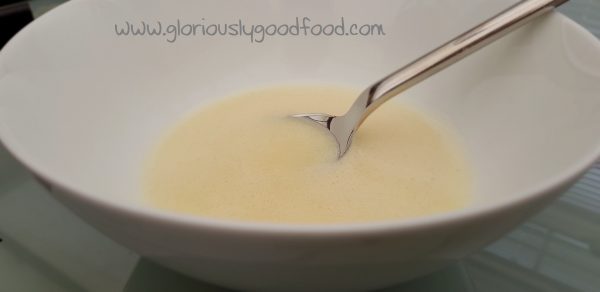
This is another one of the recipes I developed for my liquid diet after my gastric sleeve weight-loss surgery. It …